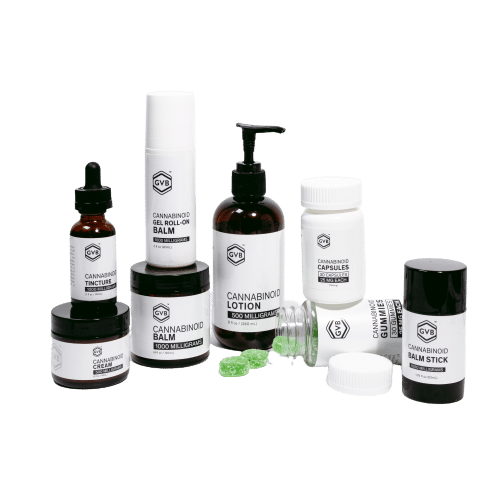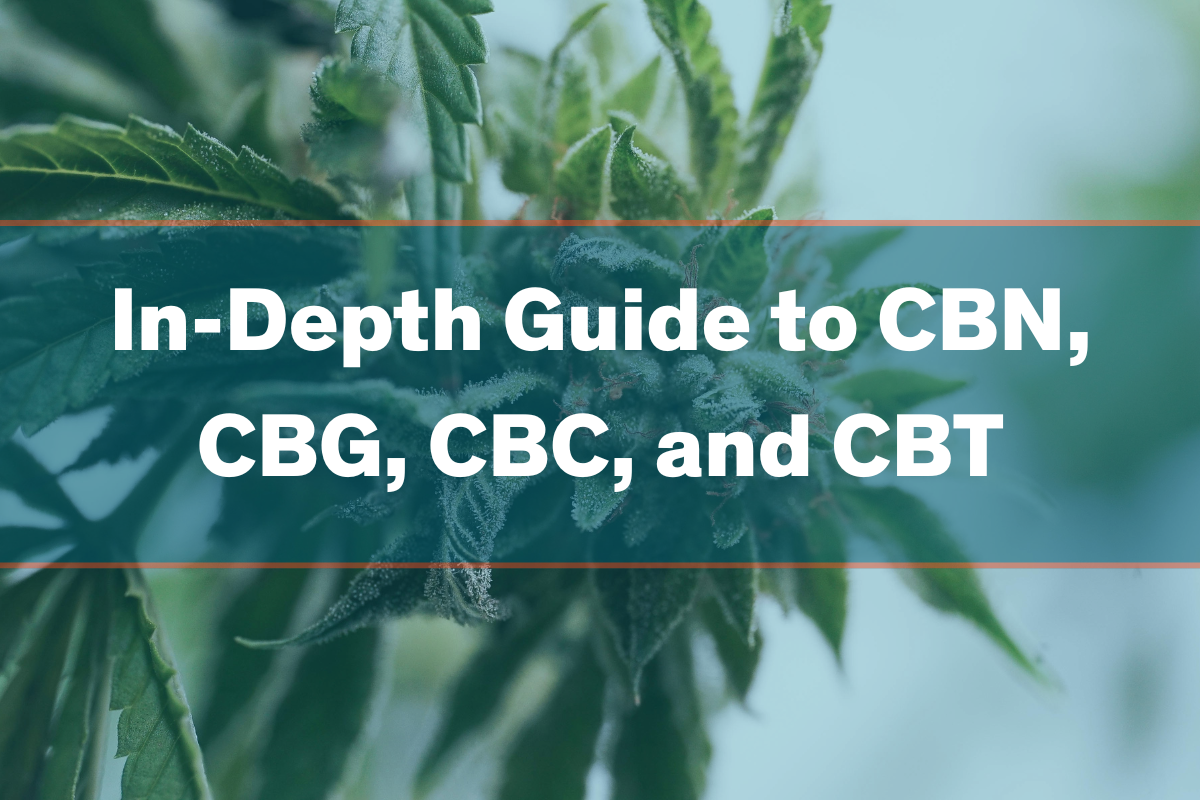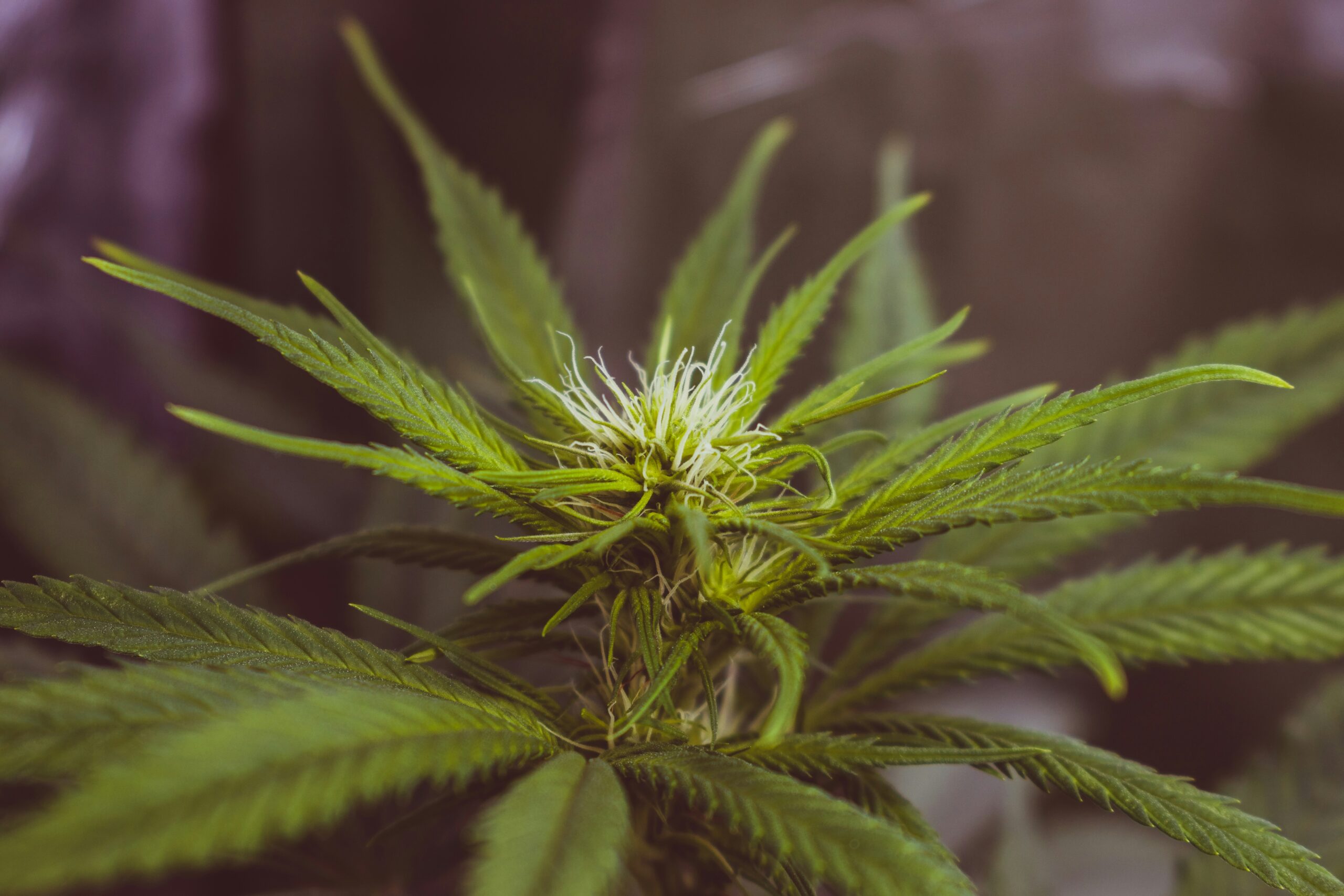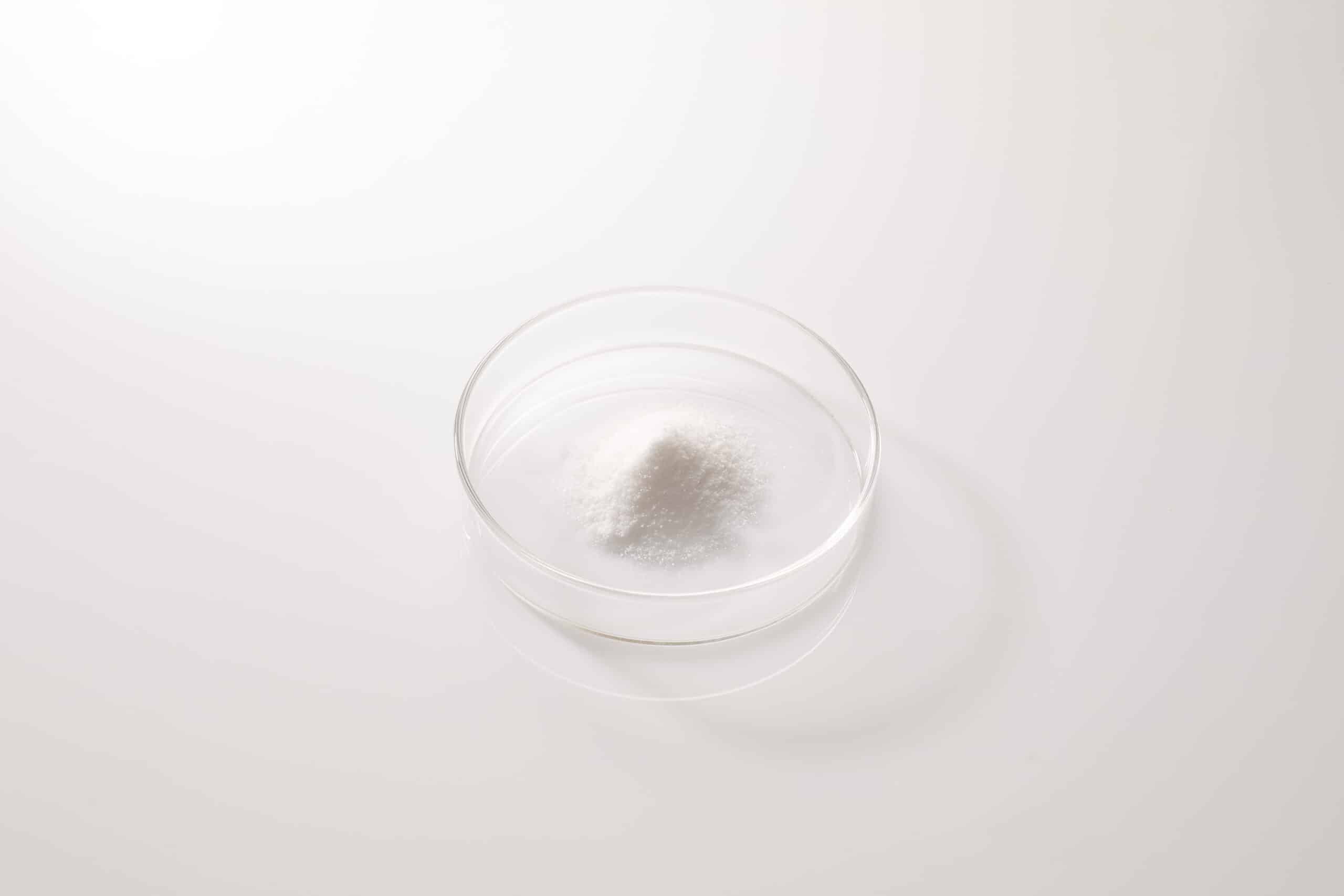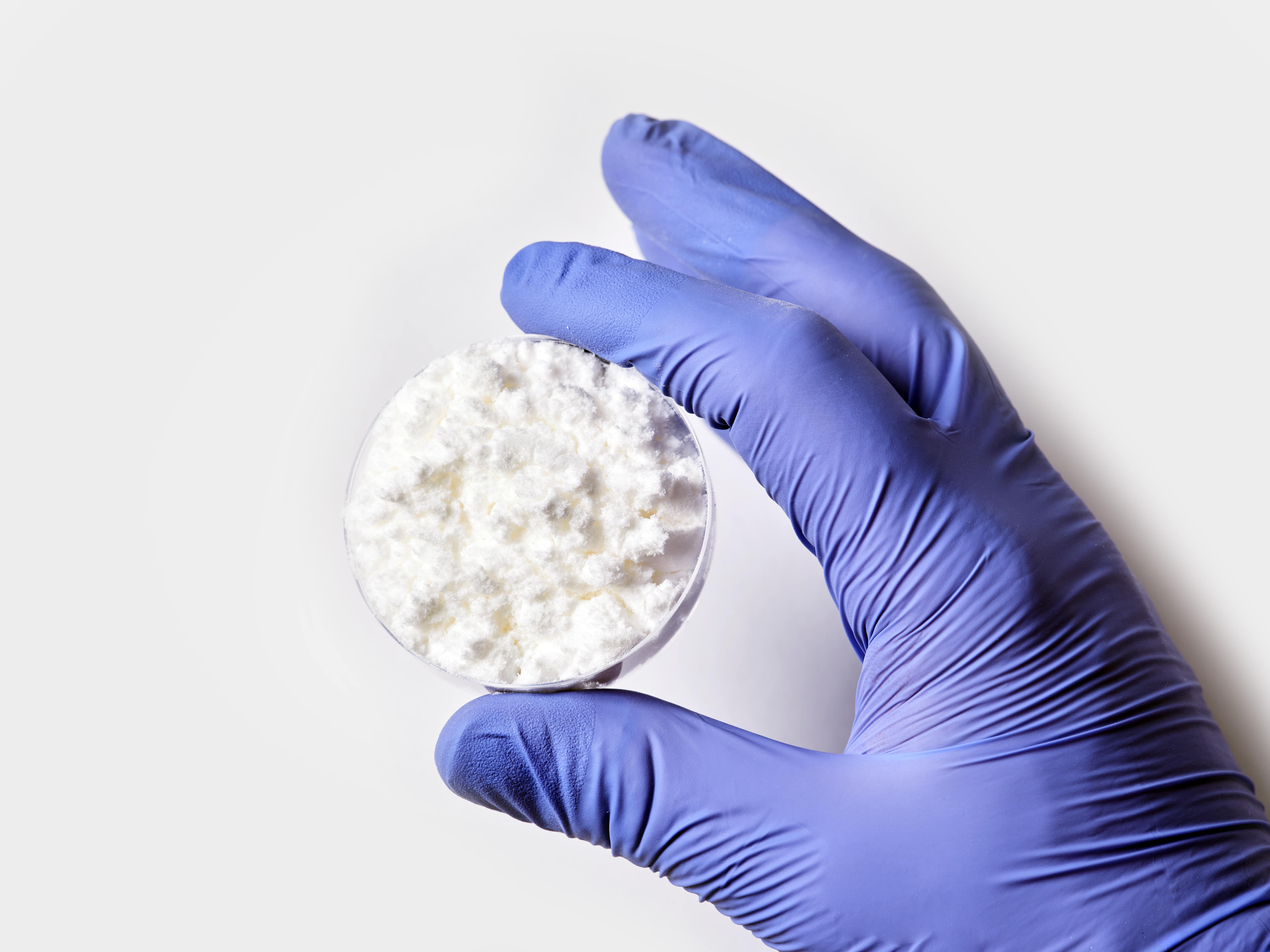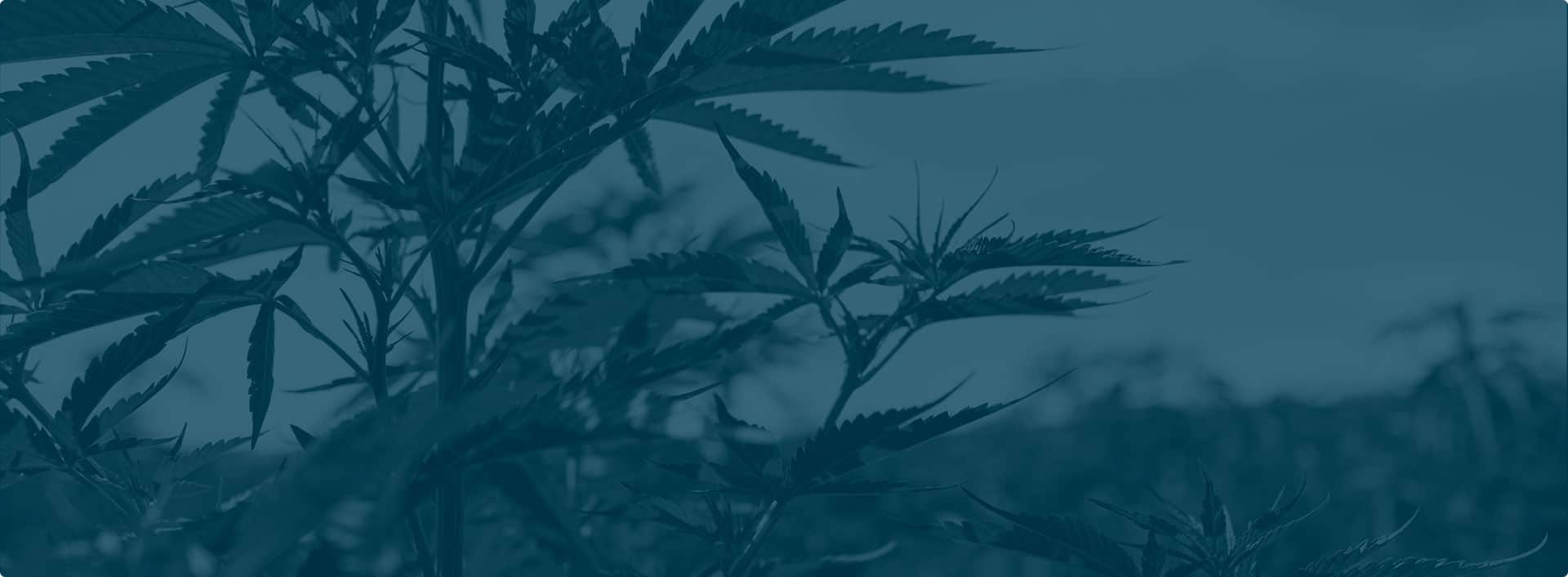The US has served as the birthplace and remains the epicenter of the modern-day cannabis industry. Despite its northern neighbor, Canada, legalizing cannabis¹ outright, America still outsold the competition in 2021, selling $24.5 billion² in overall cannabis products compared to Canada’s $3.9 billion.
CBD has always composed an important component of the wider American cannabis market, and it will continue to do so despite ongoing regulatory stagnation. Some reports peg CBD as bringing in more than $5.3 billion in 2021³, contributing more than a fifth of the country’s overall cannabis revenue.
Why is CBD so popular? What is it about this simple, non-intoxicating compound that keeps driving up demand year after year? In this guide, learn what surveys can tell us about the top uses of CBD in the United States.
Benefits of CBD: an overview
As an essentially unregulated substance, producers and retailers cannot make any claims about the medicinal uses of CBD. Doing so would essentially assert that CBD is an approved drug, which is prohibited by the FDA.
By necessity, therefore, we have to learn about the most popular uses of CBD from consumer buying behavior instead of relying on scientifically proven benefits. While the research into CBD doesn’t prove anything yet, though, it can be insightful when exploring the benefits of CBD that drive consumer behavior.
Research into CBD
CBD has primarily been researched for its potential usefulness for neurological disorders and pain⁴. In the brain, CBD acts on the two primary neuroreceptors involved in pain⁵, and one of these receptors (5-HT1A) is also critically involved in depression and anxiety⁶.
The benefits of CBD have also been investigated as they pertain to sleep⁷. Of course, CBD remains in widespread use among individuals who rely on this cannabinoid for epilepsy.
The stories of American children with intractable, debilitating epilepsy experiencing relief after using CBD originally thrust this cannabinoid into the international spotlight. Nearly 10 years later, many US families continue to use CBD.
The FDA’s stance on CBD
In 2018, the new Farm Bill from Congress removed hemp-derived products including CBD from the DEA’s definition of marijuana thus giving regulatory oversight for this cannabinoid to the FDA. Despite initial expectations of fast movement, however, the FDA hasn’t done much to nudge the status quo of CBD forward.
Occasional warning letters continue to be sent out to CBD companies that blatantly disregard already-established rules. Otherwise, the FDA hasn’t said much about what CBD products are right now and what they will be in the future from a regulatory perspective.
What do surveys indicate?
In America, citizens aren’t waiting on official government notice to use and sell CBD products. Information from a recent survey commissioned by Quartz⁸ indicates that not only are Americans using CBD, but they’re also using it for a wide variety of different conditions and in perhaps unlikely settings.
Let’s unpack some of the key revelations this Harris poll of 2,000 participants delivered regarding the reasons people use CBD in the US:
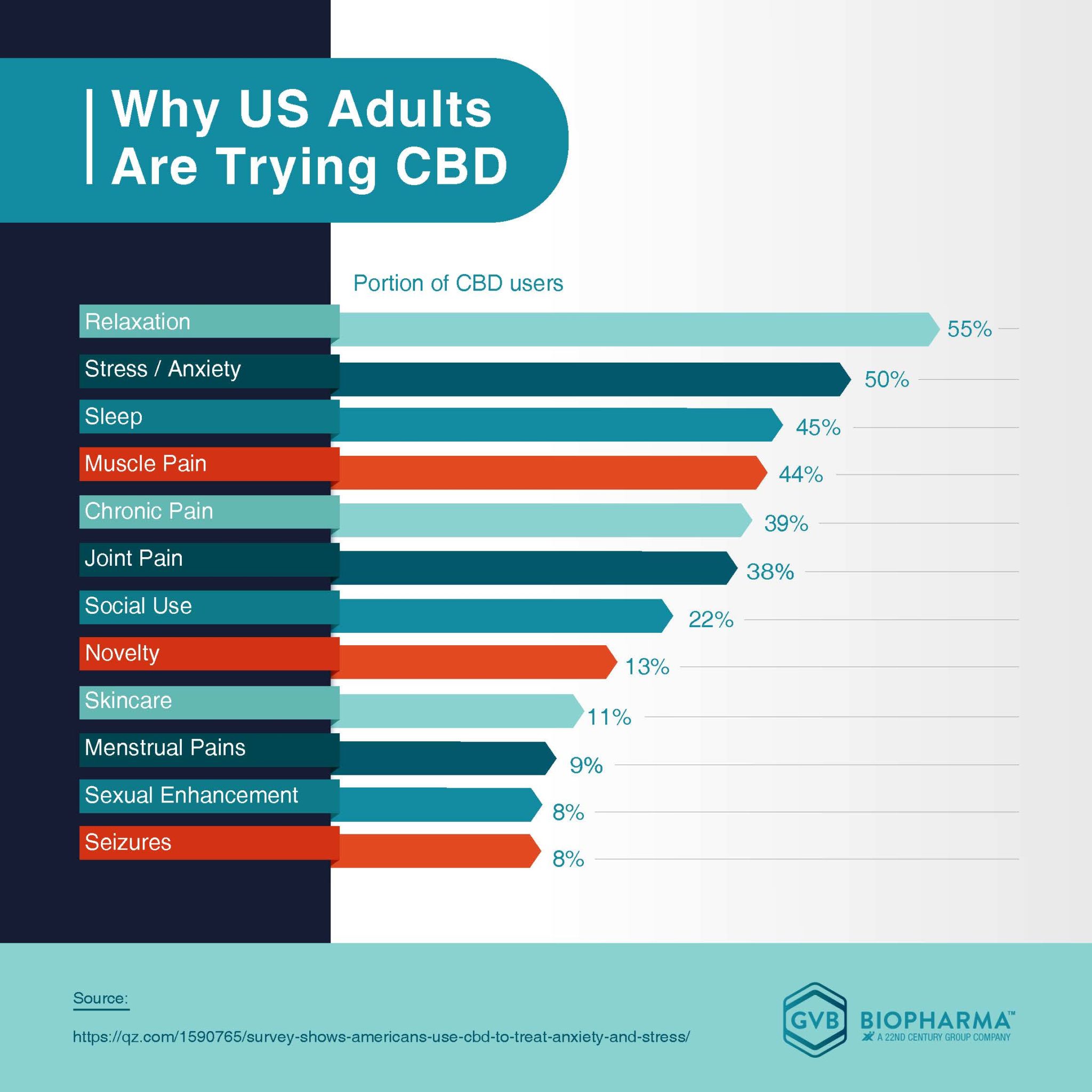
1. Do Americans use CBD for relaxation?
According to the Quartz survey, 56% of women and 53% of men who had used CBD indicated they had used this cannabinoid to relax. At around 55% overall, it seems to be that the majority of CBD-consuming Americans consider this cannabinoid to be relaxing, and seeking relaxation is (by a slight margin) the most common reason people in the United States use CBD.
2. Do Americans use CBD for stress and anxiety?
The second most common reason Americans use CBD is to cope with stress and anxiety. As of 2019, 50% of overall individuals (47% of women, 53% of men) who had used CBD indicated they had tried this substance specifically for anxiety or stress relief. With use of CBD for stress rising dramatically during the pandemic⁹, it’s likely that the percentage of Americans who continue to use CBD for relief from stress or anxiety has stabilized somewhat higher than 50%.
3. Do Americans use CBD for sleep?
There’s a widespread belief that CBD helps you get to sleep at night. Research into the benefits of CBD for sleep remains relatively limited, but the anecdotal evidence on the subject is quite convincing. The 2019 Quartz survey found that 45% of Americans had used CBD for help with sleep, a figure borne out by a more recent 2021 academically conducted survey¹⁰ (albeit primarily of UK adults).
4. Do Americans use CBD for pain?
Using CBD for pain took a larger slice of the pie back when we knew less about this cannabinoid. Already by 2019, the Quartz survey reveals that only 39% of CBD users in the United States relied on this cannabinoid for pain. CBD definitely remains popular as a natural pain remedy, but its potential benefits for other purposes have gained traction as well.
5. Do Americans use CBD with friends?
The Quartz survey found that a remarkable disparity of 28% of men and only 15% of women had used CBD in a social setting, representing the widest gender gap in the survey’s results. American men, it seems, are far more predisposed than American women to try CBD at a friend’s house or during a backyard barbecue. This is definitely worth taking into consideration when developing CBD products targeted toward men.
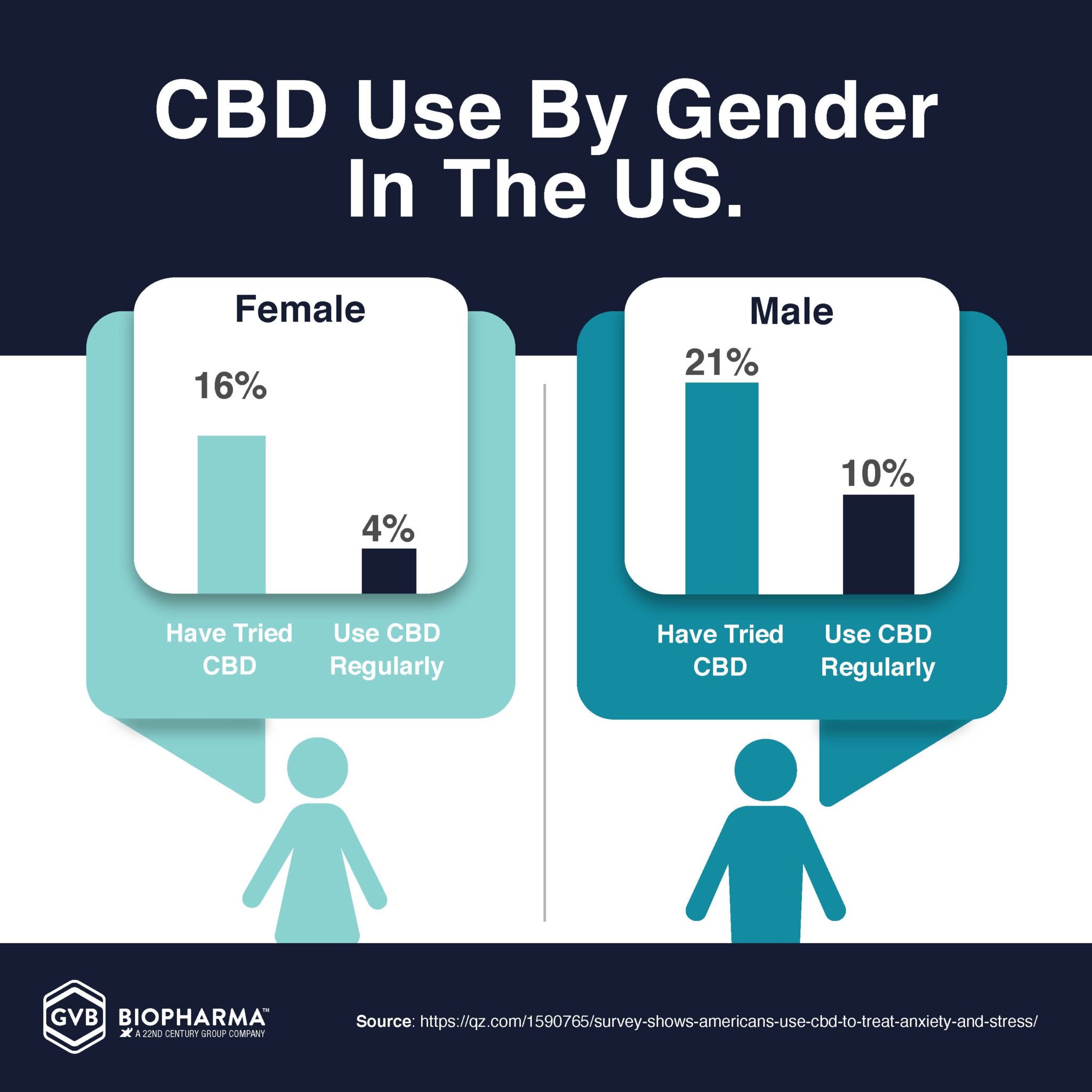
What are some other reasons Americans use CBD?
According to the Quartz survey, around 21% of 2019’s American CBD users had tried this cannabinoid for migraines while 17% had used it for nausea. Intriguingly, around 13% of respondents reported trying CBD for “spiritual use” with this response coming considerably more commonly from men. For Americans, it seems taking CBD isn’t always just a practical concern.
What the data mean for American CBD brands
This can be a lot to take in for CBD brands seeking to make the right product for the moment and target it toward the most ideal subset of consumers. To fully wrap our heads around the situation, we’ll need to take a look at how Americans are starting to view cannabis in general and how CBD will likely fit into the nation’s future stance on the plant and its derivatives:
The evolving story of US cannabis
Enduring stagnation on the federal level, cannabis legislation continues to advance state-by-state. Recreational cannabis is now legal in 19 American states, and many more states have medical marijuana programs of varying scope.
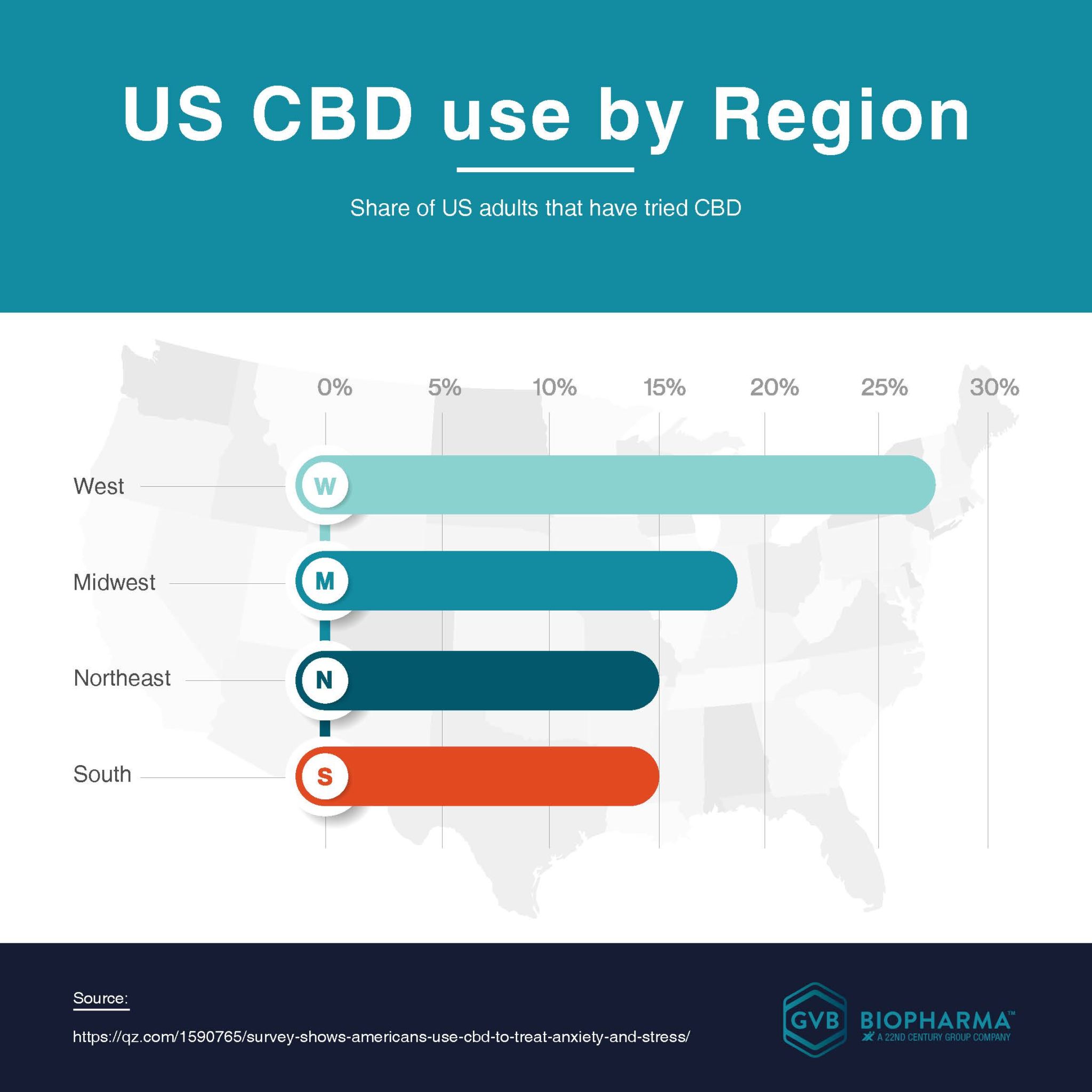
Despite being a major platform of the Democrat Party entering the 2020 elections, Congress has not enacted any significant changes on this front. Attempts to push the issue along¹¹ have so far been met with a lack of widespread support and seeming acceptance of the obviously less-than-ideal status quo.
It’s a status quo that’s getting things done, though. You can’t argue with the success of a nearly $25 billion-per-year industry, and states that have legalized cannabis aren’t going back. Even without federal support, there is now widespread acceptance of cannabis in America that is bringing along with it awareness of and demand for CBD.
What’s happening with CBD right now?
In June of 2022, hopes briefly surged that the stagnant situation surrounding CBD might be alleviated when the FDA’s Science Board indicated that it would be discussing the challenges surrounding regulating cannabinoids¹² as “dietary supplement and food ingredients.”
The 2018 Farm Bill preserved the FDA’s authority over hemp products like CBD. However, citing the lack of definitive safety information and the existence of the CBD-based pharmaceutical drug Epidiolex¹³, the FDA has delayed making any decisions regarding the non-intoxicating cannabinoid’s regulatory status.
Due to long-standing precedent, the FDA has a hard time regulating substances that are also prescription drugs as over-the-counter supplements. While it continues to send warning letters to non-compliant CBD companies, the FDA has rejected multiple recent applications to market CBD as a dietary ingredient¹⁴.
Which conditions do Americans use CBD for the most?
Ongoing regulatory ambivalence doesn’t seem to be considerably affecting consumer sentiment toward CBD. As early as 2019, a Gallup survey found that 1 in 7 Americans commonly used CBD products, and the continued growth of the CBD industry¹⁵ indicates that an even greater share of US residents now use this non-intoxicating cannabinoid.
The top uses of CBD in the United States have remained largely the same since this hemp extract first rose to popularity. Over the years, however, a subtle trend has emerged involving the evolution of consumer perception of CBD from a strictly medical substance to a product with lifestyle benefits as well.
When CBD first became available online, it was almost universally used for pain. As of 2019, however, only 39% of American CBD users reported using this cannabinoid for pain while 55% reported using it for relaxation. With 50% of American hemp users relying on CBD for stress, it’s clear that awareness of CBD’s potential to improve your overall quality of life has spread considerably.
As such, brands should be cautious of marketing CBD as a substance solely designed to help with sleep, pain, or medical conditions. Many Americans now use CBD “just because,” rewarding a more generalized approach to conveying the benefits of CBD products.
Summary: Top uses of CBD in the USA
At this point, the American CBD industry might be more disrupted if the FDA were to actually take action on hemp than it is harmed by the current state of affairs. While the 2018 Farm Bill didn’t accomplish everything necessary to make CBD a legitimately mainstream product, time has shown that it legitimized the CBD industry enough to assuage consumer skepticism and allow hemp to firmly take root in the United States economy once more.
With the pressure to address an unregulated and rapidly growing market relieved, the US federal government doesn’t seem particularly incentivized to overcome the obstacles between CBD and official regulation as a dietary supplement. What’s important, though, is that the FDA also hasn’t made any moves to make CBD harder to get.
At this point, it’s practically an inevitability that massive federal cannabis reform will be enacted in the United States within our generation. The only remaining question is how and when this reform will occur, and American hemp brands can receive assurance from the fact that consumers have lost their ability to be spooked by cannabinoids as new, unknown substances.
CBD is a household name now, and it’s popularizing a whole host of other cannabinoids like CBG, CBN, and CBC. The reasons people in the United States use cannabinoids might shift over time, but American consumers will continue to use CBD while also exploring new approaches toward experiencing hemp.
American CBD use habits FAQ
Learn more about how and why Americans use CBD below:
1. Who buys CBD products?
CBD shopper demographics have recently changed to embrace a much wider cohort of lifestyles and generations. Up until quite recently, CBD had primarily been used by the very ill or those who suffer from chronic pain on a daily basis. Over the last few years, though, social media and other sources of information have helped shoppers recognize that CBD is a low side effect substance that seems to help people relax.
2. How many CBD products are there?
It is very difficult to accurately estimate the total number of CBD products that are now available on the market. It used to be the case that CBD was only competently produced by a handful of brands, but nowadays, high-quality and effective CBD products are abundant and reasonably priced, causing the cannabinoid to take on ever greater popularity in the United States. The number of unique CBD products now available online and in retail stores surely numbers in the thousands and may even reach the tens or hundreds of thousands.
3. Is relaxation the most popular use of CBD?
Yes, relaxation is now unequivocally the most popular reason people use CBD. That’s not to say people have stopped using CBD for other purposes. It’s just that so many shoppers have started using CBD specifically for relaxation that the market has skewed in their direction. Given the fact that CBD appears to offer all the relaxing properties of marijuana with none of the intoxication, it’s unsurprising that this cannabinoid has accumulated such widespread appeal.
4. Is pain the most popular use of CBD?
No, pain is no longer the most popular use of CBD in terms of sheer numbers. It’s unlikely that the number of people who use CBD for pain has gone down, but such a vast number of people have recently started using CBD for other purposes that the relative portion of shoppers who use CBD for pain has shrunk. If further uses of CBD are uncovered in the future, it’s possible that both of these popular reasons to use cannabidiol will, in their turn, be displaced as well.
Sources
- 1. Lange, T. (2022, February 24). Canada Eclipses CA$3.9 Billion in Cannabis Sales for 2021. Cannabis Business Times. https://www.cannabisbusinesstimes.com/article/canada-eclipses-3-point-9-billion-in-2021-sales/
- 2. Gelsi, S. (2022, May 4). Legal cannabis sales exceed Starbucks N. America sales in 2021: Report. MarketWatch. https://www.marketwatch.com/story/legal-cannabis-sales-exceed-starbucks-n-america-sales-in-2021-report-2022-05-04
- 3. FinancialNewsMedia.com. (2022, February 2). Consumer Interest Continues to Rise as CBD Sales Expected to Reach $16 Billion By 2026. https://www.prnewswire.com/news-releases/consumer-interest-continues-to-rise-as-cbd-sales-expected-to-reach-16-billion-by-2026-301473433.html
- 4. Argueta, D. A., Ventura, C. M., Kiven, S., Sagi, V., & Gupta, K. (2020). A Balanced Approach for Cannabidiol Use in Chronic Pain. Frontiers in Pharmacology, 11. https://doi.org/10.3389/fphar.2020.00561
- 5. Muller, C., Morales, P., & Reggio, P. H. (2019). Cannabinoid Ligands Targeting TRP Channels. Frontiers in Molecular Neuroscience, 11. https://doi.org/10.3389/fnmol.2018.00487
- 6. Linge, R., Jiménez-Sánchez, L., Campa, L., Pilar-Cuéllar, F., Vidal, R., Pazos, A., Adell, A., & Díaz, L. (2016). Cannabidiol induces rapid-acting antidepressant-like effects and enhances cortical 5-HT/glutamate neurotransmission: role of 5-HT1A receptors. Neuropharmacology, 103, 16–26. https://doi.org/10.1016/j.neuropharm.2015.12.017
- 7. Shannon, S. (2019). Cannabidiol in Anxiety and Sleep: A Large Case Series. The Permanente Journal, 23. https://doi.org/10.7812/tpp/18-041
- 8. Kopf, D., & Avins, J. (2020, February 23). Survey shows Americans use CBD to treat anxiety and stress. Quartz. https://qz.com/1590765/survey-shows-americans-use-cbd-to-treat-anxiety-and-stress/
- 9. Khalsa, J. H., Bunt, G., Maggirwar, S. B., & Kottilil, S. (2020). COVID-19 and Cannabidiol (CBD). Journal of Addiction Medicine, 15(5), 355–356. https://doi.org/10.1097/adm.0000000000000771
- 10. Moltke, J., & Hindocha, C. (2021). Reasons for cannabidiol use: a cross-sectional study of CBD users, focusing on self-perceived stress, anxiety, and sleep problems. Journal of Cannabis Research, 3(1). https://doi.org/10.1186/s42238-021-00061-5
- 11. Sibbald, K. (2022, May 23). US House of Representatives Again Passes Marijuana Reform Bill. Human Rights Watch. https://www.hrw.org/news/2022/05/23/us-house-representatives-again-passes-marijuana-reform-bill
- 12. Nichols, K. (2022, June 14). FDA takes another look at CBD, but insiders are skeptical much will change. MJBizDaily. https://mjbizdaily.com/fda-takes-another-look-at-cbd-but-insiders-are-skeptical-much-will-change/
- 13. Drotleff, L. (2022, June 2). Federal cannabis legalization may affect FDA’s approach to CBD regulation, experts say. Hemp Industry Daily. https://hempindustrydaily.com/federal-cannabis-legalization-may-affect-fdas-approach-to-cbd-regulation-experts-say/
- 14. Hemp Industry Daily. (2021, August 12). FDA rebuffs full-spectrum CBD as a dietary supplement. https://hempindustrydaily.com/fda-rebuffs-full-spectrum-cbd-as-a-dietary-supplement/
- 15. Conway, J. (2022, February 22). CBD retail in the United States – Statistics and Facts. Statista. https://www.statista.com/topics/6262/cbd-retail-in-the-united-states/#dossierContents__outerWrapper

